Courses Overview
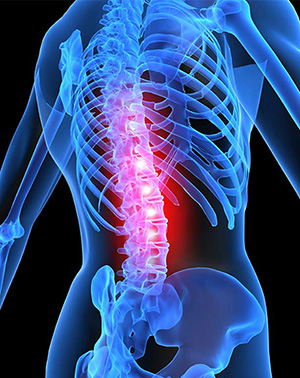
Part A - The Lumbar Spine
This 28 hour course presents the theoretical aspects and concepts of the McKenzie Method in Mechanical Diagnosis and Therapy, as applied in the examination and treatment of patients with complaints of low back and related referred pain.
One day of the course is completed as an online Distance Learning component. The other three days are with an Instructor at a teaching venue.
Through lectures and patient demonstrations the derangement, dysfunction and postural syndromes are described in detail and appropriate treatment plans are outlined with emphasis on the use of patient self-treatment procedures.
The clinical efficacy and limitations of the McKenzie approach as applied to the lumbar spine are illustrated by follow-up patient demonstrations.
Course Goals
Following attentive participation in, and completion of, this course will provide participants with the introductory knowledge, basic skills and abilities to begin to:
- Appropriately apply the McKenzie Method of Mechanical Diagnosis and Therapy to patients with lumbar spine problems.
- Distinguish between the McKenzie syndromes (derangement, dysfunction, postural) and other spinal conditions and provide appropriate management regimens for each of the McKenzie syndromes.
- Identify when the application of external forces is required for the resolution of symptoms using McKenzie’s concept of progression of forces.
- Assist patients to design and apply the therapeutic processes to achieve management goals.
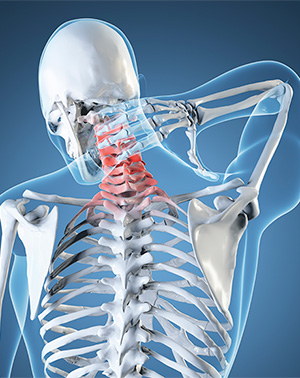
Part B - The Cervical and Thoracic Spine
Course Overview
This 28 hour, four day course presents the theoretical aspects and concepts of the McKenzie Method in Mechanical Diagnosis and Therapy, as applied in the examination and treatment of patients with complaints of neck, upper back and related referred pain.
In selected countries, one day of the course is completed as an online Distance Learning component. The other three days are with an Instructor at a teaching venue. However, in most countries, the full curriculum is completed with an Instructor.
Through lectures and patient demonstrations the derangement, dysfunction and postural syndromes are described in detail and appropriate treatment plans are outlined with emphasis on the use of patient self-treatment procedures.
The clinical efficacy and limitations of the McKenzie approach as applied to the cervical and thoracic spine, are illustrated by follow-up patient demonstrations
Course Goals
Following attentive participation in, and completion of, this course will provide participants with the introductory knowledge, basic skills and abilities to begin to:
- Appropriately apply the McKenzie Method of Mechanical Diagnosis and Therapy.
- Distinguish between the McKenzie syndromes (Derangement, Dysfunction, Postural) and other spinal conditions and provide appropriate management regimes for each of the syndromes.
- Identify when the application of external forces is required for the resolution of symptoms using McKenzie's “progression of forces” concept.
- Assist patients to design and apply the therapeutic processes on their own to achieve management goals.
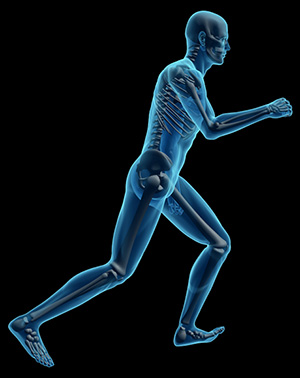
Part C – Advanced Lumbar Spine & Extremities – Lower Limb
Course Overview
This 28 hour workshop will review and advance the theory and practical application of Mechanical Diagnosis and Therapy in relation to the Lumbar Spine.
Problem solving, reflective learning and clinical reasoning activities are utilised to refine the assessment, classification, differential diagnosis and management of patient’s presenting with symptoms related to the lumbar spine.
Practical sessions are utilised to develop skills in the application of both self-treatment and clinician procedures.
The theory and practical application of the MDT for lower limb musculoskeletal disorders is presented. Lectures, patient assessments and practical sessions are utilised to demonstrate the characteristics and management of the syndromes as they present in the lower limb.
Course Goals
Following attentive participation and completion, this course will provide participants with the intermediate knowledge, skills, and abilities to:
- Identify and discuss common problems encountered in the application of Mechanical Diagnosis and Therapy for the lumbar spine.
- Analyse and discuss the MDT assessment and how it assists with patient classification.
- Discuss the application of clinician forces, and how they fit with McKenzie’s ‘Progression of Forces’ concept.
- To perform clinician techniques for the lumbar spine at an advanced level and to identify problems with their application.
- Analyse case studies of patients presenting with lumbar spine symptoms and determine classification.
- Describe and discuss the current evidence base for the use of MDT for lower limb musculoskeletal disorders.
- Describe the characteristics of Derangement, Dysfunction and Postural syndromes as they present in lower limb musculoskeletal disorders.
- Perform MDT assessments for lower limb musculoskeletal disorders and determine the presence of McKenzie syndromes.
- Design appropriate management programs for patients who present with Derangement, Dysfunction and Postural syndromes in the lower limb.
- Analyse case studies of patients presenting with lower limb symptoms and determine classification.
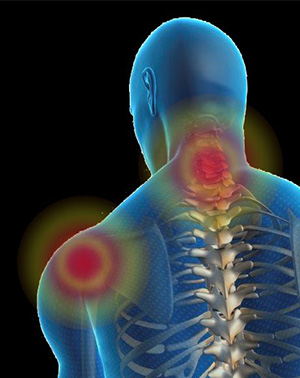
Part D – Advanced Cervical and Thoracic Spine & Extremities – Upper Limb
Course Overview
This 28 hour workshop will review and advance the theory and practical application of Mechanical Diagnosis and Therapy in relation to the Cervical and Thoracic Spine.
Problem solving, reflective learning and clinical reasoning activities are utilised to refine the assessment, classification, differential diagnosis and management of patient’s presenting with symptoms related to the cervical and thoracic spine.
Practical sessions are utilised to develop skills in the application of both self-treatment and clinician procedures.
The theory and practical application of the MDT for upper limb musculoskeletal disorders is presented. Lectures, patient assessments and practical sessions are utilised to demonstrate the characteristics and management of the syndromes as they present in the upper limb.
Course Goals
Following attentive participation and completion, this course will provide participants with the knowledge, skills and abilities to:
- Identify and discuss common problems encountered in the application of Mechanical Diagnosis and Therapy for the cervical and thoracic spine.
- Analyse and discuss the MDT assessment and how it assists with patient classification.
- Discuss the application of clinician forces, and how they fit with McKenzie’s ‘Progression of Forces’ concept.
- To perform clinician techniques for the cervical and thoracic spine at an advanced level and to identify problems with their application.
- Analyse case studies of patients presenting with cervical / thoracic symptoms and determine their classification.
- Describe and discuss the current evidence base for the use of MDT for upper limb musculoskeletal disorders.
- Describe the characteristics of Derangement, Dysfunction and Postural syndromes as they present in upper limb musculoskeletal disorders.
- Perform MDT assessments for upper limb musculoskeletal disorders and determine the presence of McKenzie syndromes.
- Design appropriate management programs for patients who present with Derangement, Dysfunction and Postural syndromes in the upper limb.
- Analyse case studies of patients presenting with upper limb symptoms and determine their classification.
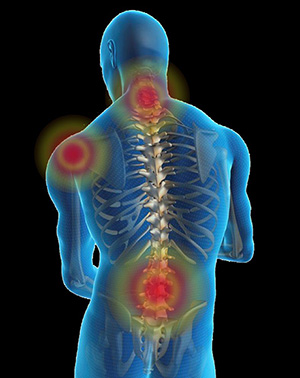
MDT - Advanced Extremities
Course Overview
This intensive two day course (14 hours) will focus on more advanced principles and practical application through clinical reasoning, problem solving, analysis of case studies, assessment and treatment of patients, and technique work.
Course Goals
The goal of this course is to build on prior knowledge gained from the introduction of extremities in Parts C and D to:
- Appropriately apply the McKenzie Method of Mechanical Diagnosis and Therapy to patients with extremity problems;
- Distinguish between the McKenzie Syndromes (Postural, Dysfunction, and Derangement) as applied to the extremities;
- Practice appropriate treatment regimens for each of the syndromes and their sub-classifications;
- Identify when the application of external forces or external stabilisation is required for the resolution of symptoms using McKenzie's "progression of forces" concept;
- Assist patients to design and apply the therapeutic processes on their own to maintain treatment goals;
- Distinguish non-mechanical disorders and provide appropriate advice.
Prerequisites
Completion of the following McKenzie Institute courses, presented by licensed McKenzie Institute Faculty:
- Part D - Advanced Cervical and Thoracic Spine & Extremities – Upper Limb
Preparation for the Course
To best prepare for the Advanced Extremities course, those who completed the curriculum prior to the inclusion of extremities in Parts C and D are highly encouraged to audit Parts C and D courses or read the textbook, The Human Extremities - Mechanical Diagnosis and Therapy, before attending.